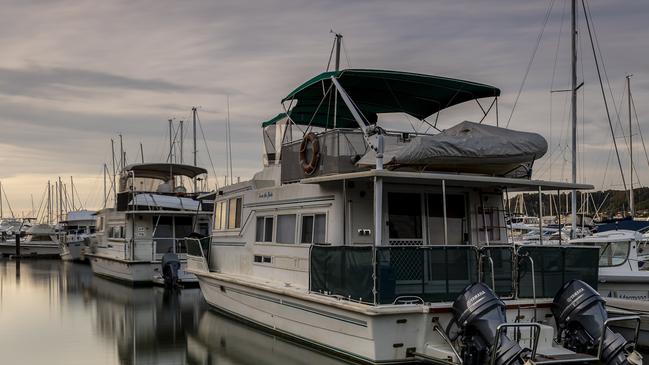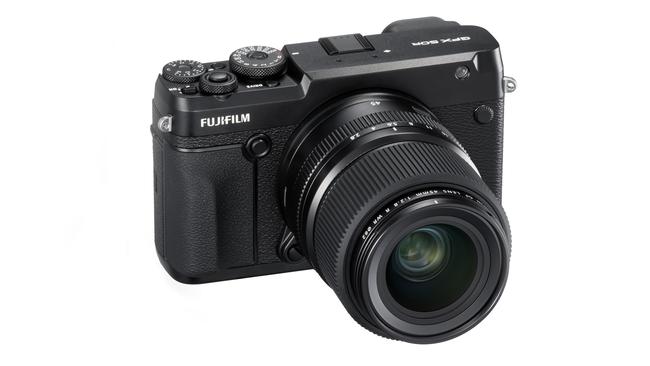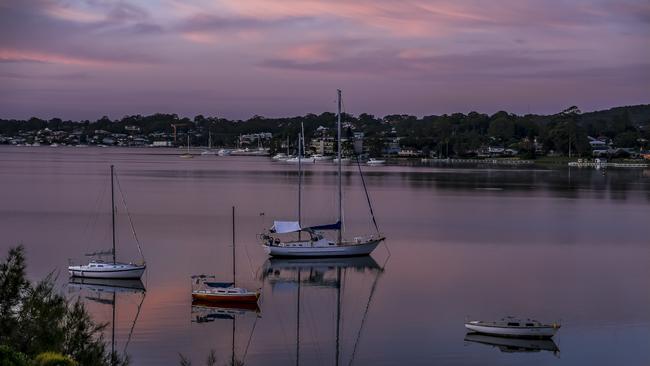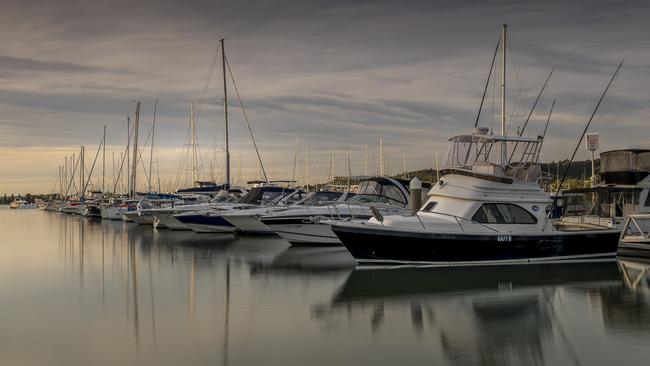Review: The Fujifilm GFX 50R offers stunning quality but isn’t for everyone
What better way to spend time in isolation from COVID-19 than with the most affordable medium format camera on the market.

What better way to spend time in isolation from COVID-19 than with Fujifilm’s GFX 50R, the most affordable medium format camera on the market.
Medium format is considered the epitome of image quality and here the GFX 50R provides excellent image quality from the 51Mp sensor on board and does so at a reasonable price.
The camera body has a recommended retail price of $7,500.00, but I found it selling for $6, 744.00. That’s more affordable than its rivals: Fujifilm GFS-X 50S for $9498, the Pentax 645Z at $9,899.00 and the Hassleblad X1D 50C $10,479.00.
Each of the cameras feature a comparable image resolution of 50Mp, making the GFX 50R extremely competitive in this market.
Let me be clear, this is not a camera that will appeal to or be suitable to the mass camera market. It is not practical for sport or wildlife or even quality video, it is large and bulky with lenses to match and the ergonomics are questionable.

Using this camera and a lens such as the 45-100mm f4.0 that I had make it impractical to be lugged around for street photography.
However, if you are serious about your landscape / seascape and portrait photography, then this could be the perfect fit for you.
The GFX 50R is based on the ‘rangefinder’ style of camera. It is a mirrorless camera packed into a ‘compact medium format body’ weighing in at over 770 grams. In true rangefinder style, it does not have the ergonomics to be carried around easily. It features two SD card slots for image storage, a claimed battery life of more than 400 shots and a medium format sensor measuring 43.8mm x 32.9mm.
The larger sensor captures more data, and this paves the way for capturing more detail and tonal range, resulting in better colour accuracy. ISO ranges from 100 to 12,800 in 1/3rd stops in all shutter modes.
The GFX 50R has three shutter options: mechanical, electronic first curtain and fully electronic. Personally, I felt the best option was electronic first curtain as it reduced the risk of camera shake when shooting hand held.

The lens for this review was the Fujinon GF 45-100 f4.0. There are three auto ISO banks in the menu, letting you set a low and high ISO range for quick recall.
Most people know and understand the concept of equating focal length on a full frame or 35mm DSLR with APS-C cropped sensors, providing a 1.5 zoomed in result for Nikon and a 1.6 zoomed in effect on Canon APC-S cameras.
With a medium format the opposite occurs insofar as images are zoomed out. To gauge this effect, you simply need to know the size of the sensor and to compare the ratio of a diagonal measurement across the sensor. Typically a 35mm sensor will measure 35.9mm x 24mm and have a diagonal measurement of 43.2mm. The sensor on the GFX 50R measures 43.8mm z 32.9mm and has a diagonal measurement of 54.8mm.
Now simply divide the 35mm measurement of 43.2 by 54.8 (the measurement of the medium format) and you have a ratio of .79. So, if you are using a 50mm lens on a full frame camera, this equates to a 39.5mm lens on this medium format camera.
The lens for this review was the Fujinon GF 45-100 f4.0 which is approximately 35-80mm in 35mm terms.
As you unpack the GFX 50R, it oozes modern Fujifilm design and looks like an overgrown X Pro series with the command dials layout in a familiar pattern.
The menu also follows a similar pattern and photographers familiar to Fujifilm will feel right at home. Digging deeper into the comprehensive menu reveals a lot more options to finetune your images and here you realise this is a piece of gear that is serious about delivering quality images. It is apparent that to obtain the best results, you need a sound knowledge of photographic principles.
The camera works with all Fujifilm Fujinon G lenses. Fujifilm markets a range of Fujinon GF lenses for this and other medium format cameras and the lenses are very highly regarded, offering excellent sharpness, colour accuracy and build quality.

There are other options available from third party manufacturers such as Zeiss, Laowa and even the Mamiya RZ, which although no longer manufactured can still be found. Just do some homework to ensure the lens will fit.
In the field, the camera needs to be secured with a strap or other means of keeping the body safe from being dropped. Personally, the rangefinder style of camera is never as easy to handle as a 35mm DSLR due to the body shape, and they feel less secure in your hands. I would certainly invest in an L bracket for the dual purpose of providing a better grip, and for use on a tripod to make shooting easier when changing from landscape to portrait aspect.
The menu offers a vast array of options, providing the experienced and knowledgeable photographer with an extensive range of choice to create artistic images.
The body is weather sealed making it suitable to use around locations where moisture may be present, such as waterfalls, or ocean spray and even sand from dunes.
Autofocus is fast and predictable based on 425 selectable points with face and eye detection. Shutter max speed is 1/4000th of a second and flash synch is 1/125th second while the frame rate is rated at 3 frames per second. There is no focus tracking, effectively ruling out anything other than a static subject.
You can use Bluetooth to connect the camera to a smart device that acts as a shutter release, or to transfer images to your smart device. You can reprocess the RAW files into jpeg format to quickly send the images to a client.
There is a large range of customisations available with on-camera control buttons and further customisation is available with the menu.
Fujifilm GFX 50R medium format camera
Price: $7500, body only
Rating: 7.5/10
Pros
Stunning image quality
Excellent high ISO performance
Low price for medium format camera
Cons
Ergonomics
Complex menu system


